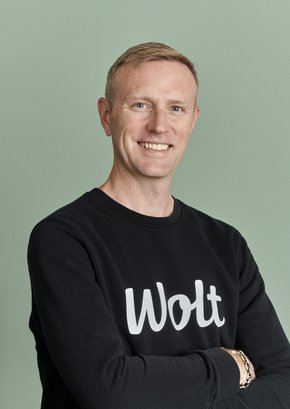
Preston Dunlap
Founding chief architect officer
Since 2019, Preston Dunlap has been chief architect officer at the US Department of the Air Force. Fittingly, given DAF’s digital priorities, he came from a background in startups (“five people in a townhouse,” as he describes it) in a pre-cloud era. Also pertinent to the role were stents in software development and cybersecurity. After a spell of government work, Dunlap became an executive at Johns Hopkins Applied Physics Laboratory – the largest US government university research centre affiliation, before joining DAF. Dunlap’s name had been marked as someone who could help the Air Force and Space Force combine their technology builds. “The team we were asked to pull together was to be able to ensure that not only could we build the right capabilities, but they would work together as a seamless set of teams.”
Dunlap’s private sector experience has been critical to the role. “You’ve got to have the mindset of that five-person startup, but be able to apply it in a way that is geographically dispersed across the globe,” he notes. “It’s always difficult to move and change large corporations and the US Department of Defense is effectively the largest employer in the world. You need to bring in a fast-moving set of folks that understand the technology in order to operate and manoeuvre in a large corporate space.”
For Dunlap, his life’s experience is paying off. “I’ve been on the bottom rung of government and on the top rung of government. I’ve been at the bottom rung of the private world and the top rung of the private world. I’ve been to that mountain top and seen what you can do with the energy when you’re getting into it, and how you orchestrate through and inside those procedures. You need to have that bird’s eye view to know how to get things done, who to talk to, how to run through the maze. But you’ve got to keep that innovation, drive and energy that you had when you were a small person at a startup company. Being able to pull those two together creates a critical sort of secret sauce. You have to know how to navigate the system.”
Read the full story HERE.

Featured Interviews
It’s not just about mission – it is about a whole-of-enterprise transformation. The way you maintain superiority is through digital transformation, culture and process reform, and rapid adoption of commercial technology.





